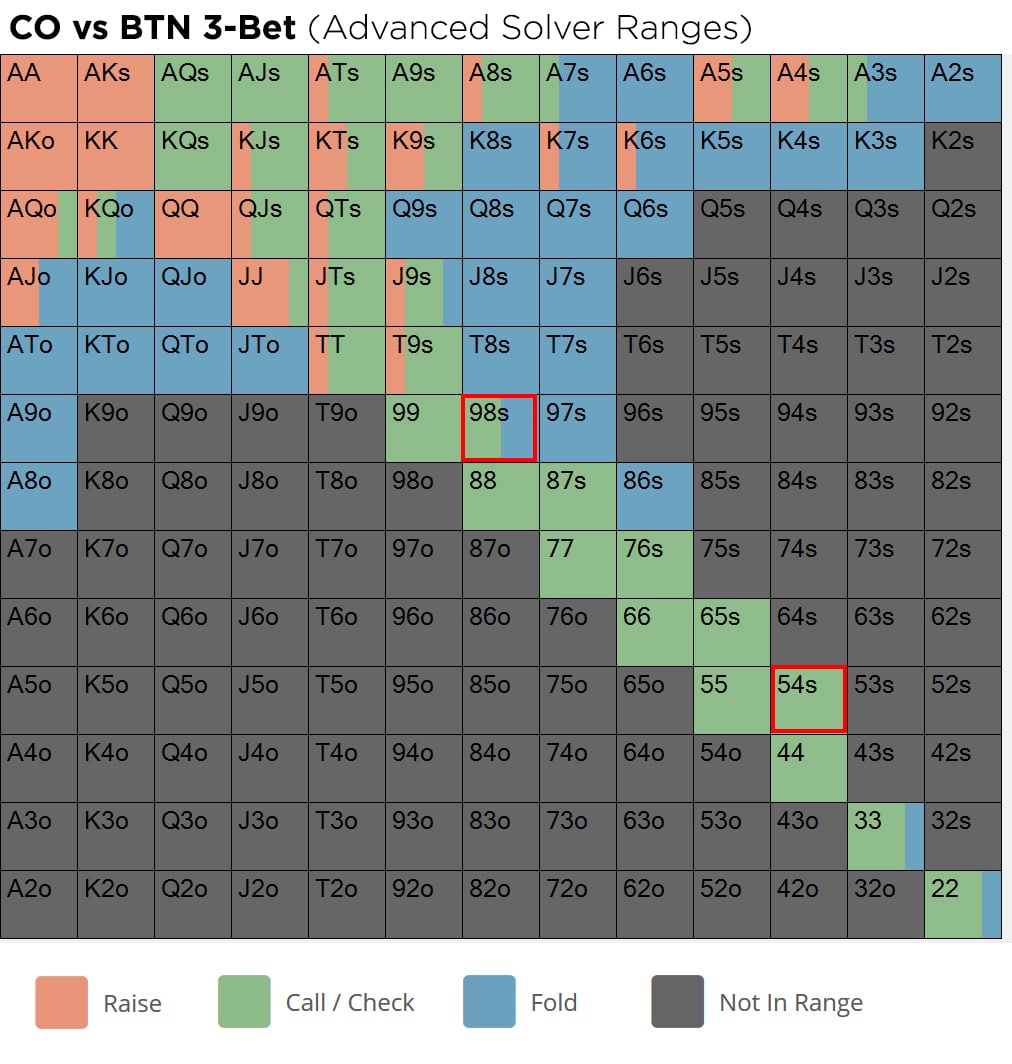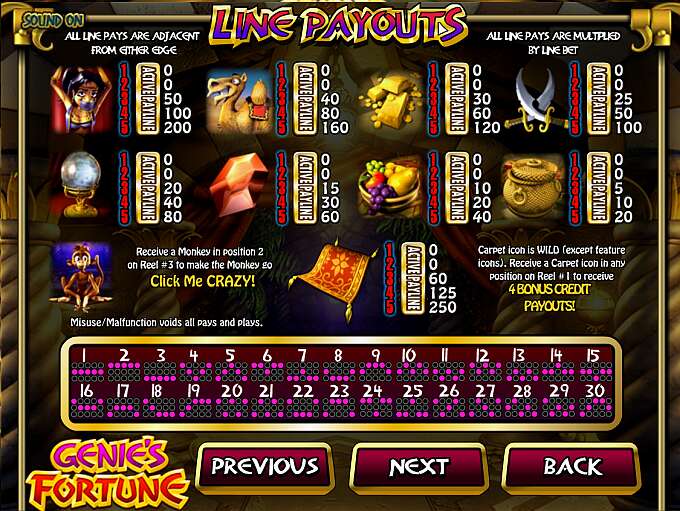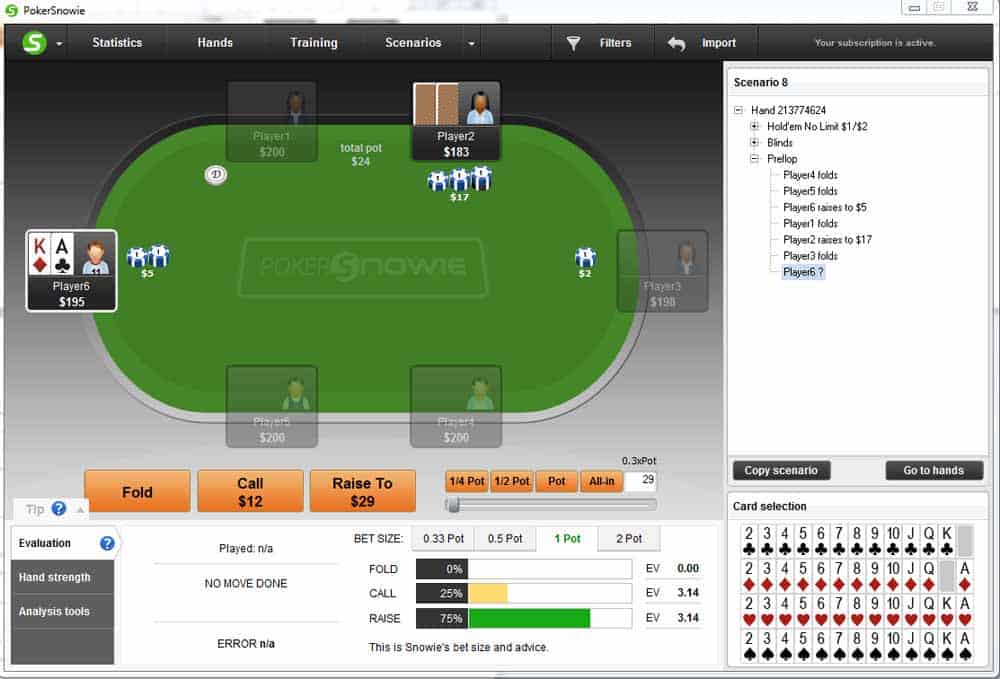

Texas Holdem 3 Bet Range Extender

Play Online Poker | I've made it pretty obvious on this site that I'm a regular poker player here in Baton Rouge. I've began keeping records to verify that I'm improving or at least not hemoraging money with my play. At the Argosy Casino Baton Rouge you usually have a choice of 4 games to play which are 3-6, 4-8, 10-20 and no limit. No limit is my favorite game. Its the game I win at consistently and its the game I understand the best. I don't understand the 3-6 table yet.... but I am getting better at it. When you go to the Argosy no limit players usually are sitting at a slow and methodical grind waiting and playing poker for the most part. Low limit players tend to be less poker educated and consist of more gamblers with much faster play. Most no limit players, such as myself, have a really hard time adjusting to the value of hands and what they should do with them after the flop. Its torture because depending on the hand you'll very often be golden on the flop and dead on the river.(winning nothing but frustration and stories for when you get your no limit seat) I decided playing and figuring out how to beat this game is the best defense against steaming(get used to it in the steam room of poker games) and a good way to build patience. I'm also of the opinion that you can't be a good poker player if you only know how to play one game. I've about got it cracked with the help of Lee Jones low-limit Texas Hold'em poker book combined withh a good bit of patience and willingness to try and crack this bugger.(I love punishment) For me to do well in this game it requires an insane degree of patience. Despite its loose and fast appearance if you don't want to be practically gambling you have to tighten up and play only premium starting hands. HOWEVER premium starting hands in this game are very different from no limit and you've got to be willing to just throw your 3-6 initial hand investment away often. It feels like getting pushed around and just watching other people take pots but in reality you're saving bets and waiting for optimum opportunity. To me they should change the name of this game to 'set or better' because thats what it takes to win at it regularly. Starting Hands Suited connectors, 1-2 gapper suited, A or K and any other card suited are my favorite hands. Play ALL pairs the same unless you're in early position pre-flop in which you might run enough people out with big pairs.(otherwise I just call and hope for a set) Get off of your AK, AQ, AJ, AA, KK, QQ hands quickly after the flop if it appears you could get sucked out on easily. Suited is very important as the flush is a big money hand in this game. Top pair is a weak hand that you can expect to get beat at least 30% of the time. Table dynamics Player types affect your stack more than your actual play in this game. Sometimes people always want to raise, re-raise, cap pre-flop and flop. This turns getting to see 4 cards for 3-9 dollars into 12-24 dollars. No big deal in the grand scheme but if you're looking to practice at this game like me and just wait around then you should try to get to a table where players aren't so aggressive.(alot of times its just good drunken fun at the boat on 3-6 Texas Hold'em) The dollar per hour ratio works out to making something like $15 per hour which is a hell of a grind. Maybe something to consider if you're a college student or have alot of free time but if you see me there its just because I'm waiting for my game. I've actually gone in and played to win several hundred dollars playing this scheme. It was a lucky night and I hit alot of flush and 2 pair/houses. Since coming up with this strategy I've won consistently instead of giving away free money before going to no limit. It works for me but I probably haven't completely described it here so be cautious if you apply any of this. I'll go over it later and fill in some gaps. - Jerry Odom September 15, 2005 |
Strong, winning players do not 3-bet only their strongest hands. At the low stakes, a good 3-bet percentage will be around 5%–9%. Players can win aggressively with 3-bet percentages as high as 11%, however generally for beginners it is much easier to play with a tighter 3-bet range. You want to 3-bet light with mid connectors/suited connectors like 67, 78 and 89, or 1 gap suited connectors like 68 and 79. You should 3-bet light in position. Playing a 3-bet pot out of position is tricky (although not impossible). You should mostly 3-bet raisers from LP.


Texas Holdem 3 Bet Rangers
Strategy articles that help you bet, raise, 3-bet, and cap your bets. Long before No Limit Hold’em became all the rage, the Limit tables were where savvy cardsharks plied their trade. Newcomers think that this game is easy because you can’t lose your whole stack in one hand, but those in the know realize that proper LHE strategy is complex. Ok, now you're using Holdem Manager, and see that your opponent is re-raising (4-bet) 4% of his hands. But what is exactly 4%? Simply use our range calculator to get an idea of his range.
This article will focus on pre-flop 3-Betting
So what is a 3 bet in poker?
- A 3 bet refers to any time a player makes the third bet in a pot. 3 bets can happen on any street, but this article will focus on preflop 3betting. The mandatory blinds count as the first bet, the open-raise counts as the second bet, and any raise following this will be a 3 bet.
- ' The 3 bet most commonly refers to the time when you raise the pre-flop opening raise of your opponent'
- The same rule applies to the'4 bet' and the '5 bet' (It's basically just a shortened abbreviation for saying 'The third bet in the round')
- For value
- As a bluff
- To set up a post-flop steal (or pre-flop steal)
- Let’s suppose player A opens on the button. Player B who is in the big-blind knows player A likes to open an extremely wide range from the Button. Player B decides to 3 bet bluff.
- Player A however, by now, knows that player B knows that he is open-raising wide. Player A decides player B’s 3 betting range is wide enough and light enough to put In a 4 bet bluff. Player B though, knows that player A knows his 3 bet range might be light, and decides to 5 bet bluff assuming player A’s 4 bet range is sufficiently light.
- Usually the 3bet/4bet/5bet game ends here, because 100bb deep the stacks will often be all-in. Just because player A and player B are assuming each other is light though, that doesn't mean they are. Perhaps player B, knowing player A likes to 4 bet light, started 3 betting purely for value. Or, perhaps player A, knowing player B is capable of 5 bet jamming light, started 4 betting purely for value. If either player had made such an adjustment, they’d find themselves in a very profitable spot.
So when should we 3 bet???
There are 3 main reasons why you want to 3 bet. Before you 3 bet you should have one of them in mind:
Value
We 3 bet for valuebecause we believe our hand to be stronger than our opponents hand, so we want to milk as much money out of our opponent as possible. The best players to target with value 3 bets are those with a low fold-to-3 bet. This means that they will call your 3-bet with a decent amount of worse hands. A common mistake is to 3 bet a hand which may seem like a strong hand, but against the range that villain continues with, is relatively weak.
In a 6-max game, especially at lower stakes, you should only be 3-betting premium hands for value: 99+, AJss+. Please note that this range will widen if you face a loose opponent. So if you're facing up against an opponent who's going to call all of your 3-bets no matter what hand he is holding, then you need to widen your 3bet range, 3bet more hands and raise it up more.
Generally you want to 3 bet less often for value against early position opens. 3 betting vs early opens looks very strong and you may end up isolating yourself against a range you don’t do well against. Even with the top end of your value range, you may be getting folds more often than you’d like, and flatting becomes a very viable option. Even hands as strong as QQ and AKo, you can strongly consider flatting vs an UTG open-raise.
To summarize you want to be value 3 betting against players with a 'low fold to 3 bet (Ft3bet)' and a high 'Attempt to steal (ATS)'.
Bluffs
You want to target players with a high Ft3bet and a high ATS. If a player is not folding often enough to 3 bets then you will not have a profitable 3 bet bluff. A high ATS means villain’s range will be wider in general and he will find it harder to combat 3 bets.
Most often you will want to play 3 bet poker as a bluff against positions where your opponent's range is going to be traditionally wide, i.e - BU, CO, and SB opens. However, a better player might perceive your 3 bets to be lighter against these positions and will play back more frequently. Against better opponents you can make advanced plays such as 3 bet bluffing vs UTG or MP opens. They won’t expect you to be bluffing here and may make some very tight folds.
The hands you 3 bet bluff with should be those not quite strong enough to call, but still with some potential. Hands like Q9s, T8s, Axs, Kxs. If a hand is strong enough to call, you should not be 3 betting it, for the reasons given in the KQo example. If villain is the type who will adjust by 4 betting light, you will also want to include some of the top value hands in your 3 betting range. 3 betting the top end and bottom end of your range is referred to as 3 betting a polarized range.
To Set up a Steal
Perhaps villain is the type that calls a lot of 3bets but plays fit-or-fold on the flop. You can 3 bet with the intention of taking it down on the flop. You can 3 bet pre-flop with both bluffs and value-hands, but it will possibly be easier and higher EV to do it with a merged-value range. (You won’t lose EV by not flatting your medium value hands when villain has a low Ft3bet)
In slightly more advanced games you can also 3 bet with the intention of setting up a pre-flop steal. Perhaps you know villain is going to be 4bet bluffing you a ton, so you can 3bet with the intention of 5 bet jamming as a bluff. Good hands to choose are those that have the best equity if they do end up getting called, eg pocket pairs like 88, or Axs type hands. The situations you can profitably do this at the micro-stakes are somewhat rare, but they do exist.
I am ready to take my poker game to the next level!
The preflop 3bet/4bet/5bet 'mind game' battles:
This is an entire pre-flop game in itself. The objective is to adjust the ranges you 3bet/4bet/5bet in an attempt to find an edge against your opponent’s own 3bet/4bet/5bet ranges.
The idea behind the 3bet/4bet/5bet game can be demonstrated using a simple example:
For the above situation to take place, first the correct game dynamic needs to be established. At micro-stakes, a dynamic conducive to 5 bet-bluff jamming is pretty rare. The majority of players aren't 4 betting light enough for a 5 bet-bluff to be profitable. People do 3bet light a decent amount however, so you should still be focusing on your 3 bet/4 bet ranges. Usually you only want to 5 bet shove for value. This might sound “unbalanced”, but in reality it isn't. You are just selecting the appropriate 5 bet frequency to exploit your opponents, i.e 95% value 5% bluffs.